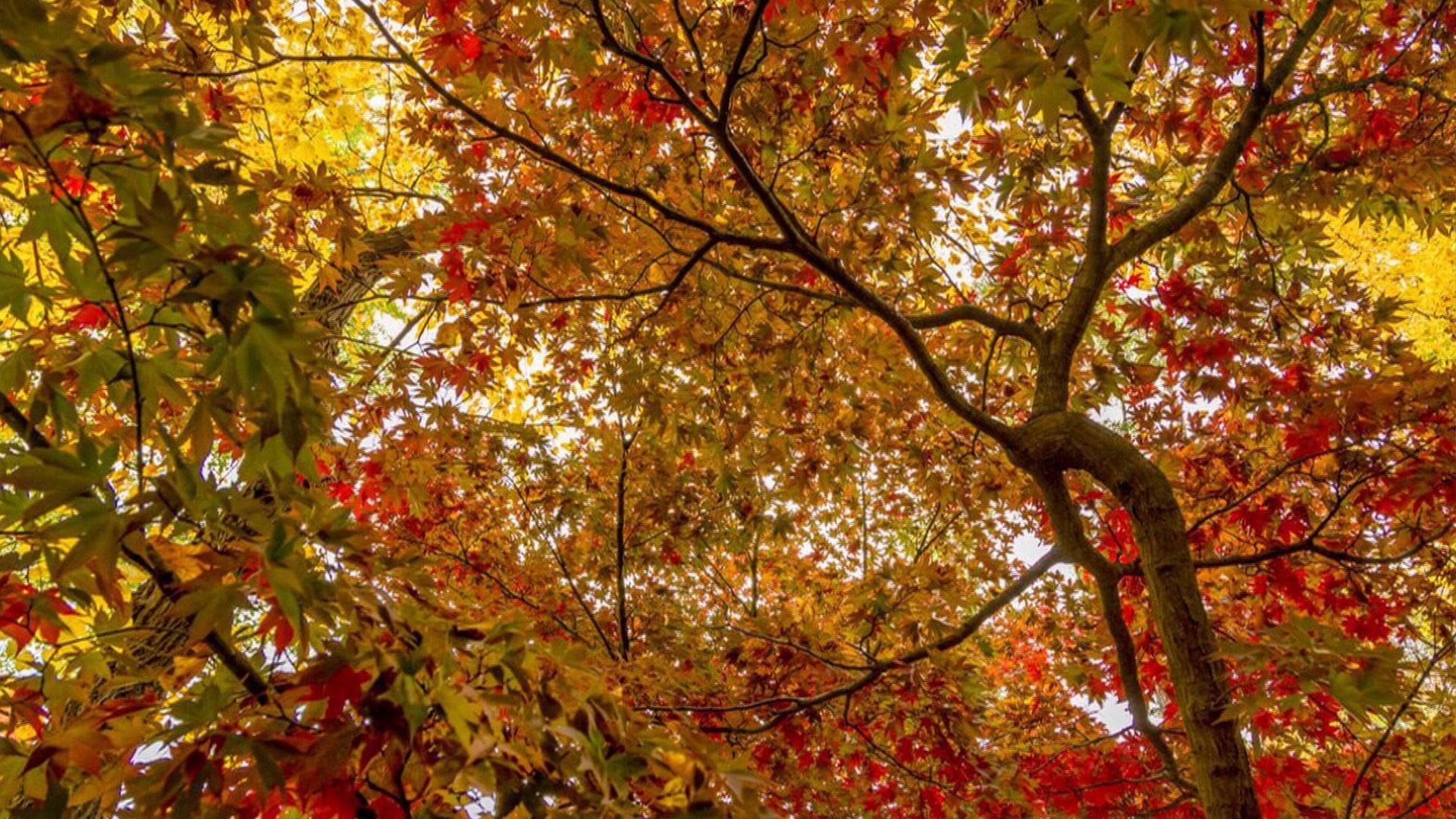SEATTLE — Fall fans, beware! The seasonal spectacle of autumn foliage in western Washington, along with many parts of the country, is being snuffed out, and the culprit is climate change.
The bright blooms of red, yellow and orange in trees and other plants are caused by a chemical process having to do with how plants use energy from sunlight to transform carbon dioxide and water into carbohydrates, as the National Weather Service explains.
When the temperatures cool off and the amount and intensity of the sunlight decreases, chemicals in the leaves break down, diminishing the typical green color and letting other colors become more pronounced.
But changes to how much water, sun or heat a plant gets can disrupt this process significantly and lead to fairly dull fall, which is what is happening throughout western Washington.
However, it shouldn’t be much of a surprise. Raymond Larson with the University of Washington’s Botanic Gardens said that the fate of fall foliage was really sown in the past conditions of recent years as well as the region’s dry spring and unusually dry and excessively hot summer this year.
“This year is going to not be as good as a typical year,” Larson said. “And the reasons for that really are just the extreme summer heat we had at the beginning of summer in June, and then, usually we always have a dry summer, but this was an unusually dry summer [preceded] by a dry spring.”
The dryness and heat were evident in Seattle, which came close to breaking its longest dry spell in recorded history, going from mid-June to early August without measurable rain.
The extended dry spell being paired with a record-breaking heatwave that sent temperatures into the triple-digits for multiple days in a row in late June potentially wiped out any chance for substantial fall foliage.
While there may be some plants and areas that see fall colors, the intensity and duration will be cut short, according to Larson.
“A lot of plants have kind of shut down early to hopefully protect themselves next year. So, in many cases, they just didn’t get enough water at the right times,” he explained. “A lot of them will drop their leaves early, or if they still have leaves, they'll really shut down earlier so that the intensity and the length of the period will be much reduced.”
Larson said that many folks with landscaping and gardens likely have seen or will see the effects in their own plants, adding that some habits residents can get into are paying close attention to see if the soil is dusty or if plants have the appearance of being dry.
The best thing for plants in drier, hotter conditions, Larson said, is simply extra water.
Unfortunately for those looking to next fall to enjoy more of those autumn blooms, the future for that kind of foliage isn’t looking bright with conditions trending worse and worse as they have been in recent years.
According to Larson, we likely haven’t even seen the full effects of just this past summer.
“An interesting thing about plants is a lot of times the immediate stressors don't show up right away. It can take months or years before you see what happens,” Larson said. “But certainly, it would take several years of what is the normal or more typical weather to kind of correct for what we've seen recently.”
Those looking for plants to fill their yards or gardens should look more for resilient species that have a higher drought tolerance.
Plus, everyone still chasing those fall colors shouldn’t despair even amidst the changing climate. Larson said that that the region will likely still have good years, but the colors won’t be as intense, and the season won’t be as compact.

